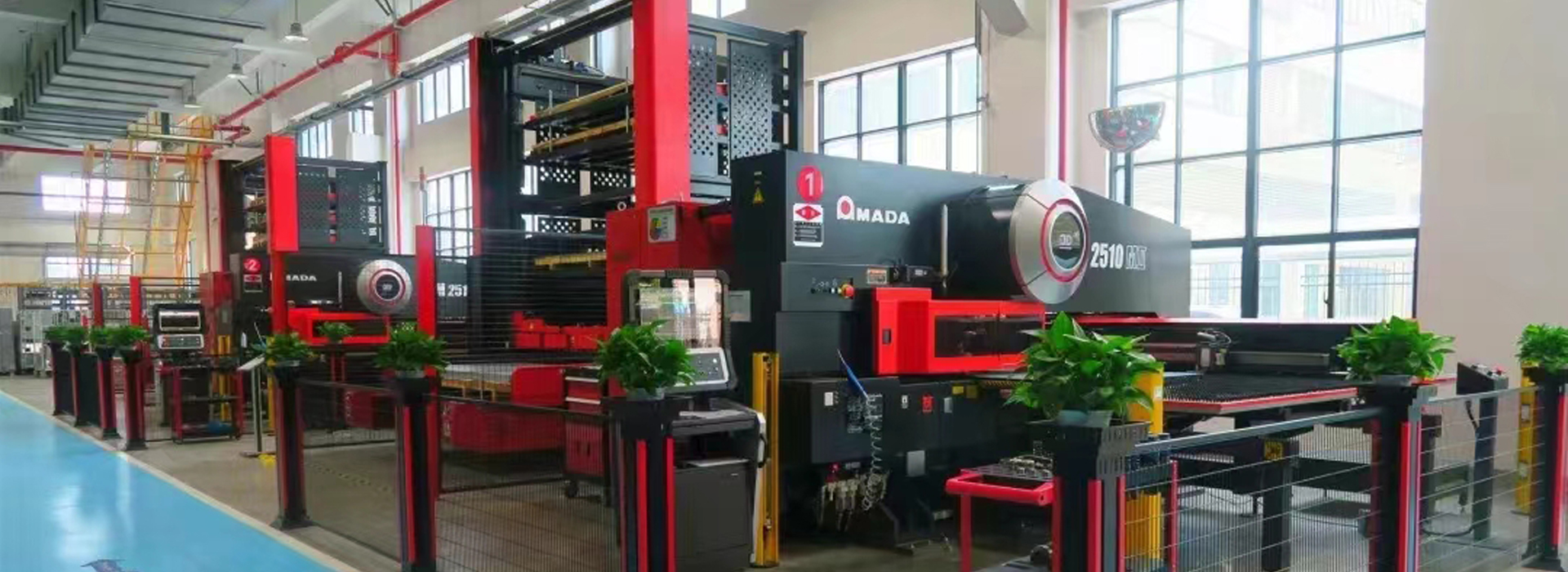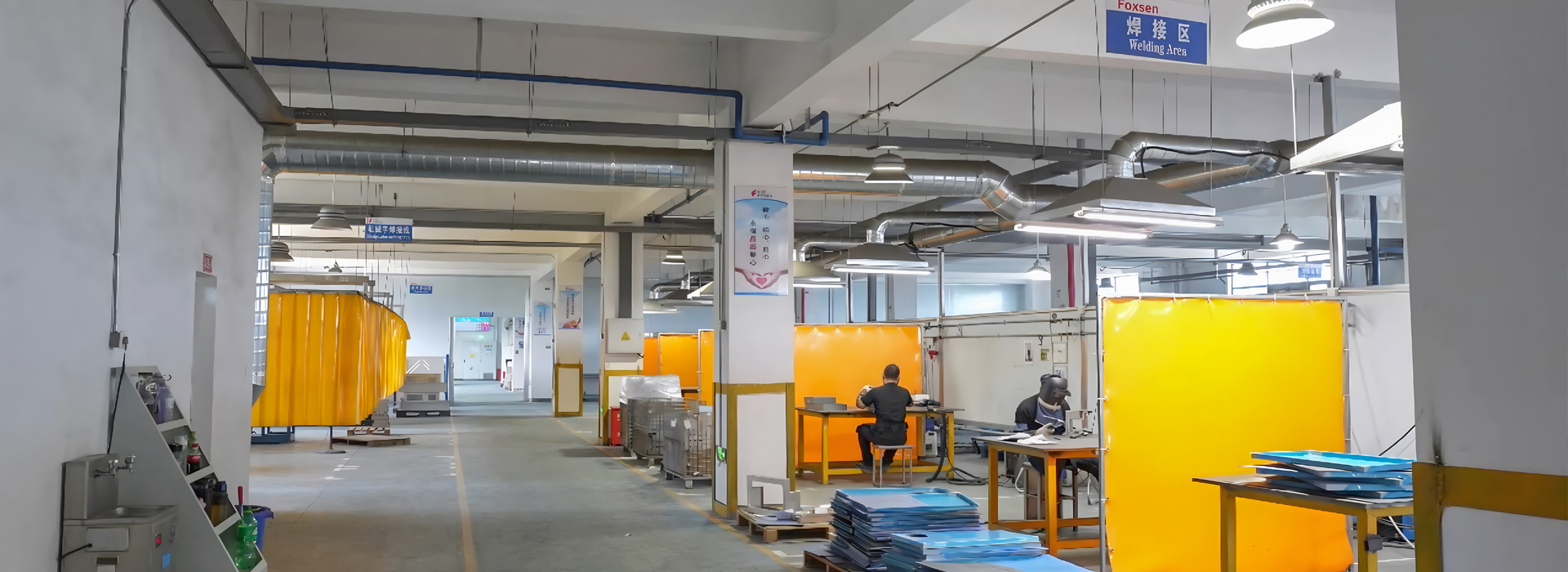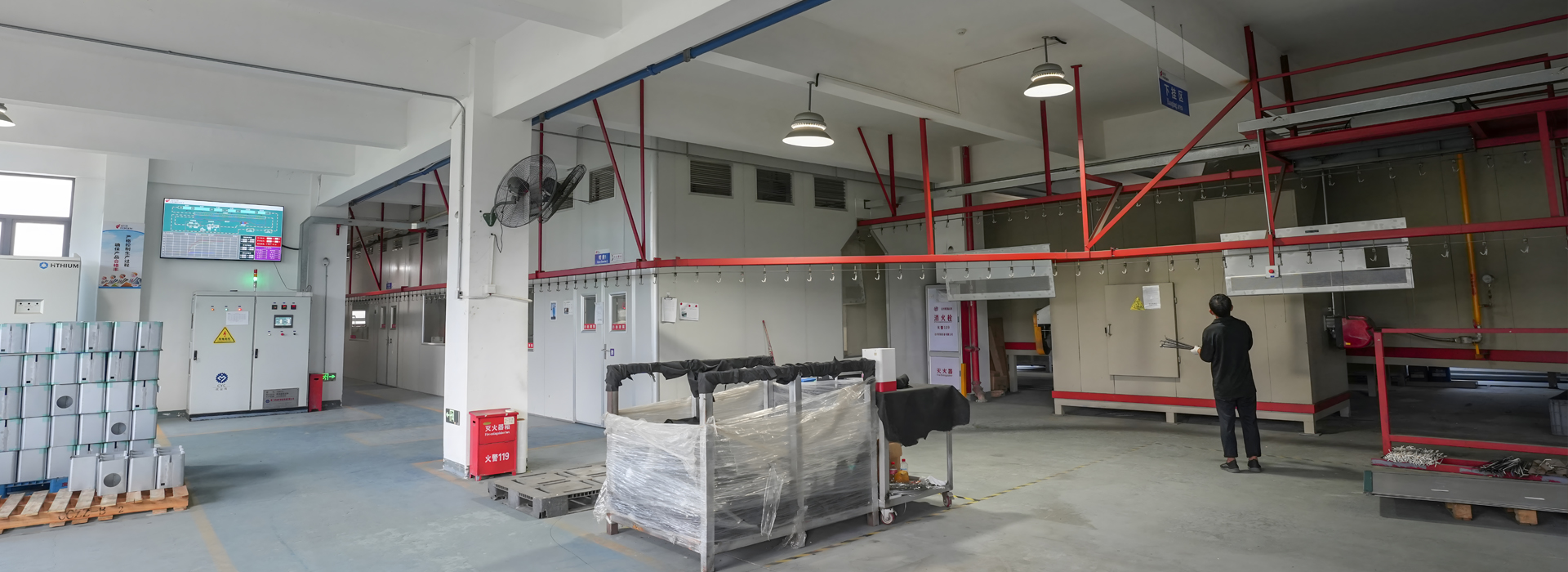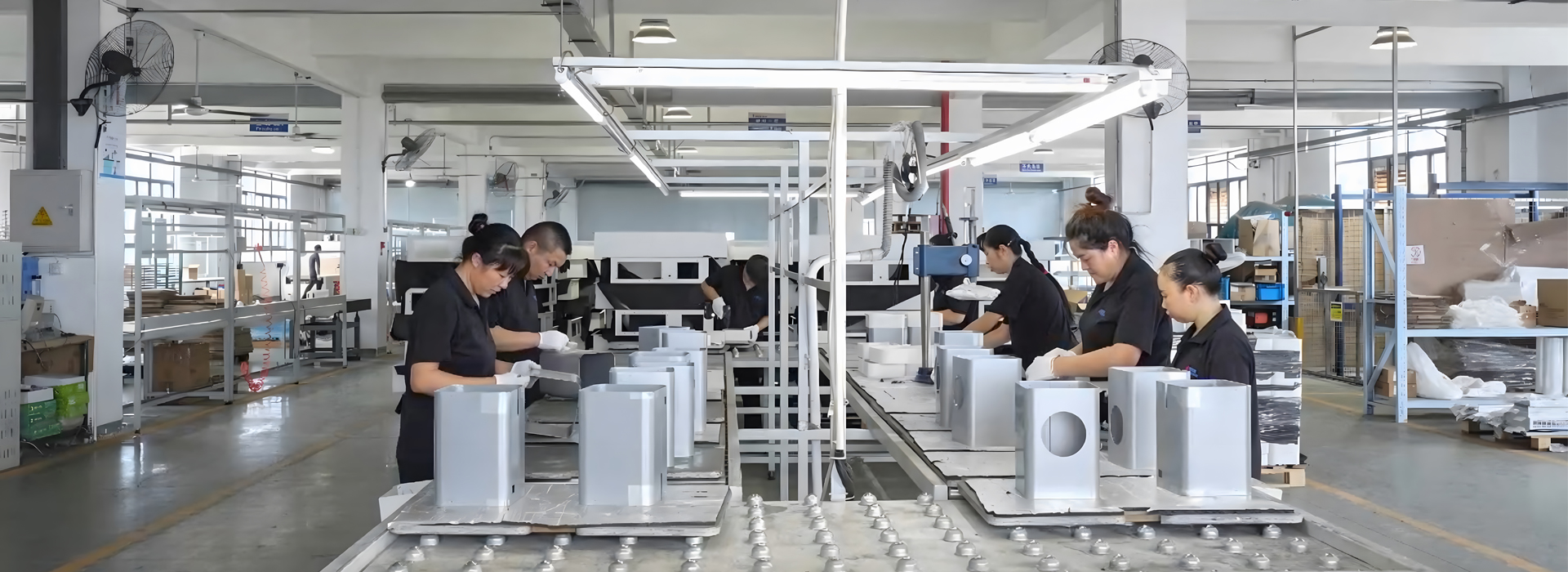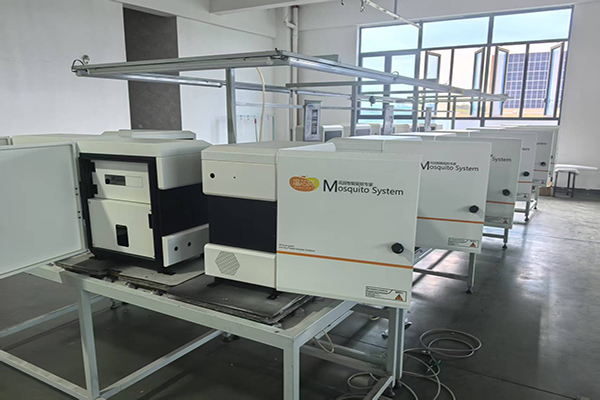
Sheet metal is thin, flat pieces of metal made in factories. It is used in almost every industry because it is flexible and easy to work with. It is strong and can be shaped exactly as needed, so it’s important for making things, building, and transportation. For example, aluminum sheet metal is light, strong, and doesn’t rust, so it’s popular in airplanes and cars. Around the world, sheet metal services are expected to grow from $10.3 billion in 2024 to $15.2 billion by 2034. This shows it’s becoming more needed in building and green energy industries.
📊 Fun Fact: Steel is a common type of sheet metal. In 2024, it was the most used material for making things with sheet metal.
Key Takeaways
Sheet metal is a thin and bendable material used in many fields, like building, cars, and airplanes.
Picking the right metal, such as aluminum for being light or steel for being strong, is very important for projects.
The sheet metal business is growing fast, expected to go from $10.3 billion in 2024 to $15.2 billion by 2034.
New tools like lasers and CNC machines make making sheet metal more exact and faster.
Recycling sheet metal is simple and good for the planet, cutting down on trash and saving energy.
What Is Sheet Metal?
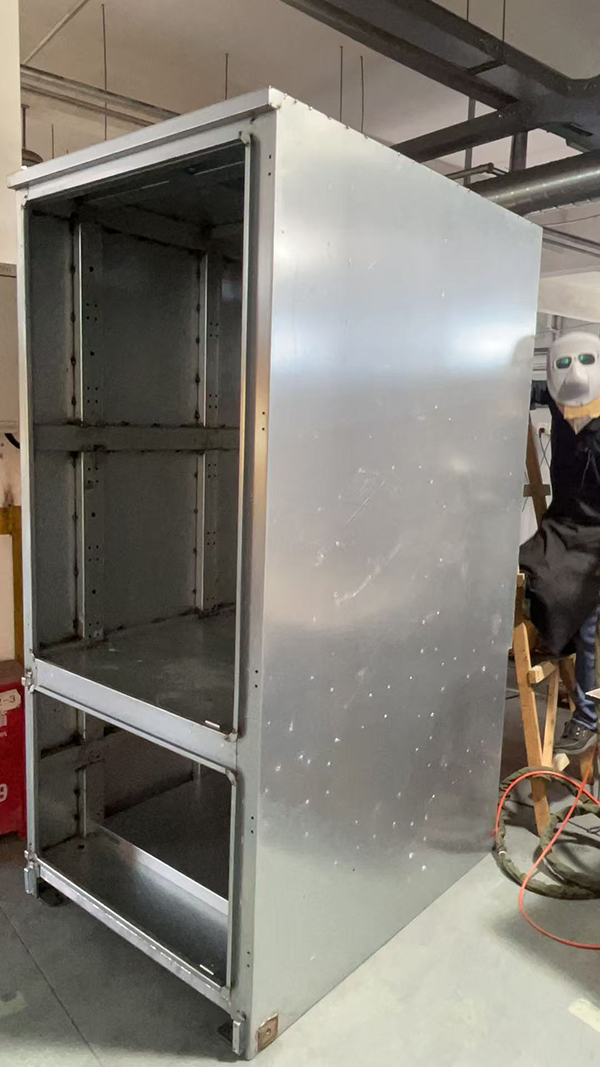
Definition and Key Features
Sheet metal is a thin, flat piece of metal made in factories. It is a flexible material used to create many things. Factories make sheet metal by cutting, bending, and shaping raw metal. These steps help it take different shapes and sizes for various uses.
Sheet metal is very adaptable. It can be made from steel, aluminum, or copper, each with special traits. For example, aluminum is light and doesn’t rust, while steel is very strong. New tools like lasers and rollers make production faster and more accurate. This ensures the sheet metal fits its purpose perfectly.
💡 Did You Know? Special tools like shears and plasma cutters shape sheet metal into useful forms.
Importance in Modern Industries
Sheet metal is important in many industries today. It is strong, long-lasting, and can be used in many ways. In construction, it’s used for roofs, ducts, and walls. In cars, it makes body parts and other key pieces. Planes use sheet metal because it’s light but strong.
The need for sheet metal is growing as factories improve and more buildings are made. Machines now make production faster and better, while new ideas expand its uses. In 2023, the sheet metal market was worth $334.86 billion. By 2032, it’s expected to grow to $510.92 billion, rising 5.51% each year. Asia Pacific leads this growth due to skilled workers, low costs, and helpful government rules in places like China and India.
📈 Market Insight: Automation and new technologies are boosting sheet metal demand, especially in areas with lots of building projects.
Materials Used in Sheet Metal
Common Metals (Steel, Aluminum, Copper, Titanium)
Sheet metal is made from different metals, each with special traits. Steel is the most used because it is strong and useful. Aluminum is light and doesn’t rust, so it’s great for planes and cars. Copper and brass are good for carrying heat and electricity. Titanium alloys are very strong but light, making them perfect for airplanes.
Galvanized steel is another favorite. It has a zinc coating to stop rust, so it’s good for outdoor projects. Stainless steel is used where strength and rust resistance are needed, like in kitchens or hospitals.
🛠️ Tip: Think about weight, strength, and cost when picking a metal for your project.
Properties of Each Material
Each metal used in sheet metal has unique features for different jobs. The table below shows their main traits:
When picking a material, think about its good and bad points. For example, aluminum is great for light designs, but steel is better for heavy-duty jobs. Stainless steel is best for wet places, while titanium is ideal for high-tech industries like aerospace.
💡 Did You Know? Copper and brass are often used in pots and pans because they heat evenly for better cooking.
Key Characteristics of Sheet Metal
Durability and Strength
Sheet metal is very strong and lasts a long time. It can handle heavy weights and tough conditions without breaking. For example, tests show that hardness levels measure how much weight it can hold. This helps us know how well sheet metal works in real-life situations.
Experts test its strength using special methods like Brinell and Rockwell. These tests prove sheet metal stays strong in rough environments. New tools also make it more accurate and reduce bending mistakes by over 5 mm. This ensures parts are strong and shaped correctly.
Adaptability and Versatility
Sheet metal is easy to use for many purposes. You can bend, cut, or shape it into almost any design. This makes it useful for building, cars, and airplanes. Different materials, like aluminum for lightness or stainless steel for no rust, add to its flexibility.
Modern machines like lasers and CNC tools make it even better. These tools allow for exact cuts and detailed designs. Whether you need a car part or an airplane piece, sheet metal can be shaped to fit your needs.
Cost-Effectiveness
Sheet metal helps save money over time. It uses materials efficiently, so there’s less waste. Automated machines and smart production methods also lower costs. For example, choosing Aluminum 5052 instead of stainless steel can save money while keeping good quality.
Better designs also make production easier. Fewer parts mean less time and money spent on assembly. These benefits make sheet metal a smart choice for both small and big projects.
💡 Tip: Use galvanized steel for outdoor projects. It saves money on repairs and lasts longer.
Common Uses for Sheet Metal
Sheet metal is important in many industries because it is so useful. Its ability to change shape makes it perfect for building, making cars, and airplanes. Let’s see how sheet metal is used in these areas.
Sheet Metal in Building (Roofs, Air Ducts, Wall Coverings)
You can find sheet metal in almost every building project. It is strong and flexible, which makes it great for roofs, air ducts, and wall coverings. Whether it’s a small house or a big office, sheet metal works well.
Roofs: Sheet metal roofs are light, tough, and last a long time. They protect buildings from bad weather and need little care.
Air Ducts: In heating and cooling systems, sheet metal helps air move easily. It is strong and can fit into tricky spaces in buildings.
Wall Coverings: Sheet metal wall coverings make buildings look nice and protect them from damage caused by weather.
As cities grow, more buildings need sheet metal. Fast urban growth in developing countries has increased its use in modern construction. In 2023, the sheet metal market was worth $188.31 billion. It is expected to grow by 7.0% each year from 2024 to 2030. The market for building sheets is also set to grow by 5.2% yearly from 2025 to 2030.
🏗️ Note: Sheet metal is not only useful but also saves money, making it a top choice for builders.
Cars and Sheet Metal (Car Bodies, Parts)
The car industry uses a lot of sheet metal to make car bodies and parts. It is used in doors, engines, and other car parts. Its strength and light weight help make cars safer and better on gas.
Car makers now focus on lighter materials to save fuel and cut pollution. Sheet metal is strong but not heavy, so it’s perfect for this. New tools like thermal printing make parts stronger and cheaper to produce. These tools also improve the safety and design of cars.
🚗 Tip: Using sheet metal in cars keeps them safe and stylish.
Airplanes and Sheet Metal (Plane Parts)
In airplanes, sheet metal is a must-have. Planes need materials that are light but very strong, and sheet metal is both. It is used in wings, body panels, and other key parts.
Airplane makers often use aluminum and titanium sheet metal because they are strong and light. These metals make planes weigh less, which saves fuel and improves how they fly. Sheet metal also holds up well in tough conditions, like high speeds and altitudes.
✈️ Did You Know? The need for better sheet metal in planes has led to stronger and longer-lasting materials.
Consumer Goods (Appliances, Furniture, Cookware)
Sheet metal is key for making appliances, furniture, and cookware. It’s strong and flexible, which helps manufacturers make great products for today’s buyers.
Appliances
Sheet metal is used in fridges, ovens, and washing machines. It lasts a long time because it doesn’t wear out easily. Stainless steel is popular since it looks shiny and doesn’t rust. Aluminum is also used because it’s light and doesn’t corrode. These materials help make energy-saving designs, which are important for eco-friendly buyers.
🛠️ Tip: Pick appliances made with stainless steel or aluminum for better quality.
Furniture
Sheet metal is changing how furniture is made. It’s used for modern tables, chairs, and shelves. Manufacturers can shape it into cool designs that are useful and stylish. Steel and aluminum are strong but light, making furniture easy to move and stable. Metal furniture often costs less than wood, giving buyers a cheaper option.
Cookware
Sheet metal cookware is common in kitchens everywhere. Copper and stainless steel are top choices for pots and pans. Copper spreads heat evenly, which helps with precise cooking. Stainless steel is tough and doesn’t stain. Metal cookware is simple to clean and lasts a long time, making it great for home cooks and chefs.
Demand for consumer goods is pushing new ideas in sheet metal production. Machines and better tools help make strong, high-quality products at lower prices. From 2024 to 2028, the sheet metal market will grow by $3.31 billion, with a yearly growth rate of 3.27%. This shows how important sheet metal is for making consumer goods.
Sheet metal stays important for making appliances, furniture, and cookware. Whether you’re buying a fridge, cookware, or furniture, sheet metal products are durable, stylish, and worth the money.
Practical Considerations for Using Sheet Metal
Understanding the Gauge System
The gauge system measures how thick sheet metal is. It started in the 1800s when no standard existed for thickness. The system uses the material's density to decide thickness. For example, a gauge of 10 means different thicknesses for steel and aluminum.
This system ensures accurate measurements for technical work. Industry tests confirm its reliability. For instance, a gage R & R of 2.18% is within acceptable limits, proving it works well.
📏 Tip: Always check both the gauge number and material type to get the right thickness.
Cost Factors and Budgeting
Planning costs for sheet metal projects involves many things. The type of metal affects the price a lot. Labor costs depend on skill level and location. Advanced machines are faster but cost more upfront. Complex designs take more time and raise costs.
Material Selection: Affects how much fabrication costs.
Labor Costs: Skilled workers cost more in some areas.
Equipment and Tools: High-tech tools save time but cost more.
Design Complexity: Detailed designs increase expenses.
Quantity: Bigger orders lower the cost per piece.
Lead Time: Rushed jobs may cost extra.
Estimating costs carefully helps you stay on budget. This ensures you meet project goals without overspending.
Tips for Selecting the Right Sheet Metal
Pick the right sheet metal based on your project’s needs. Think about the environment, weight limits, and how it will be made. For wet or corrosive areas, use aluminum or stainless steel. For heavy loads, choose strong materials like Steel ST52. If bending or welding is needed, pick materials that are easy to shape and join.
🔍 Note: Match the material’s features to your project’s needs for the best outcome.
Sheet metal is very important in today’s industries. It can be used in many areas, like building and airplanes. The sheet metal market is growing fast because of better tools and the need for accurate work.
Key Points:
Market value will grow from USD 3.2 billion in 2024 to USD 3.62 billion by 2033.
A steady yearly growth rate of 1.4% shows rising demand.
Main uses are in cars, planes, and construction.
Sheet metal’s flexibility makes it perfect for new and eco-friendly ideas in changing industries.
FAQ
What is the difference between sheet metal and plate metal?
Sheet metal is thinner than plate metal. It is less than 6mm thick. Plate metal is thicker and used for heavy-duty jobs. Sheet metal works for light tasks like roofing. Plate metal is better for strong structures like bridges.
How do you choose the right sheet metal for a project?
Think about the environment and weight needs. For wet places, pick stainless steel or aluminum. For heavy loads, steel is the best choice. Match the material’s features, like rust resistance or weldability, to your project.
💡 Tip: Check both the gauge and material type for correct thickness.
Can sheet metal be recycled?
Yes, sheet metal can be recycled easily. Metals like aluminum, steel, and copper can be reused. Recycling saves energy and reduces waste. It’s a smart and eco-friendly option for industries and people.
What tools are used to shape sheet metal?
Tools like shears, lasers, and CNC machines shape sheet metal. These tools cut, bend, and form it into exact designs. Advanced machines make work faster and reduce mistakes. They help create high-quality results.
Why is sheet metal popular in construction?
Sheet metal is strong, light, and flexible. It handles bad weather, so it’s great for roofs and ducts. Builders can make custom designs with it while saving money. This makes it a favorite for modern building projects.
🏗️ Note: Use galvanized steel for outdoor projects because it doesn’t rust.

